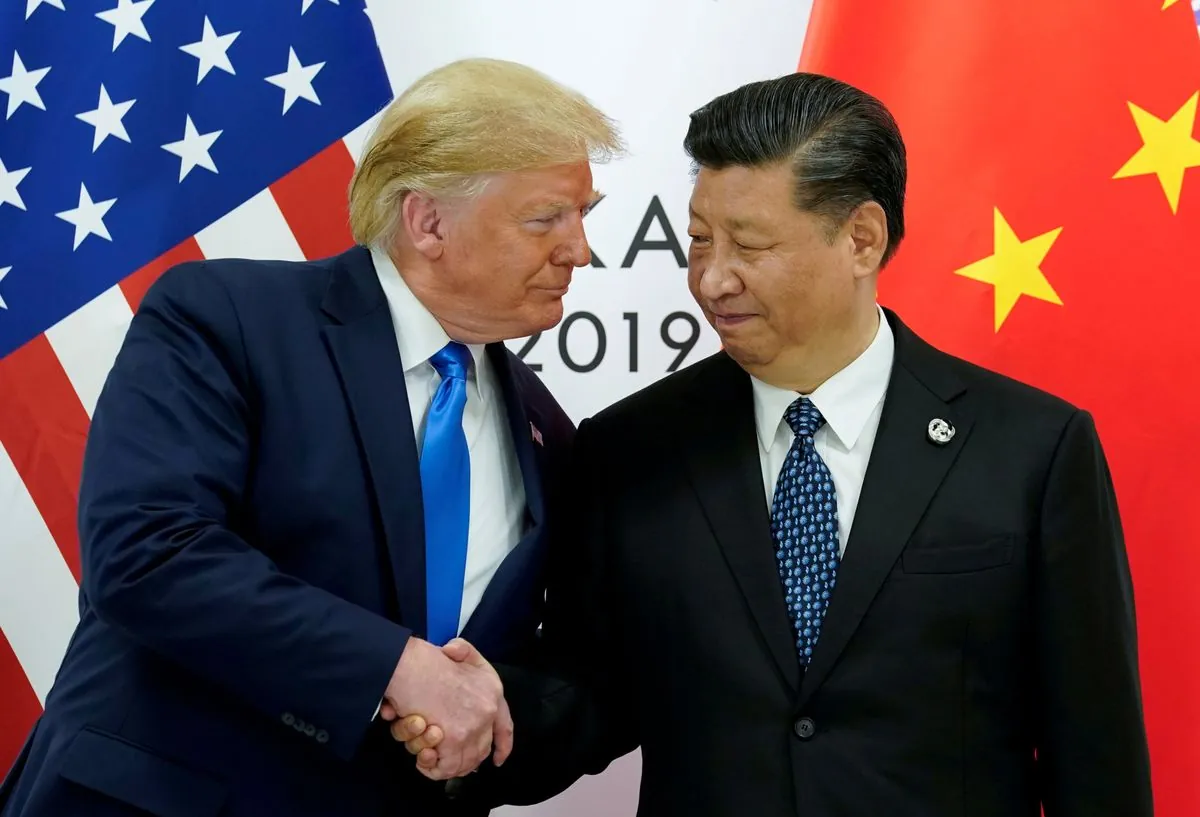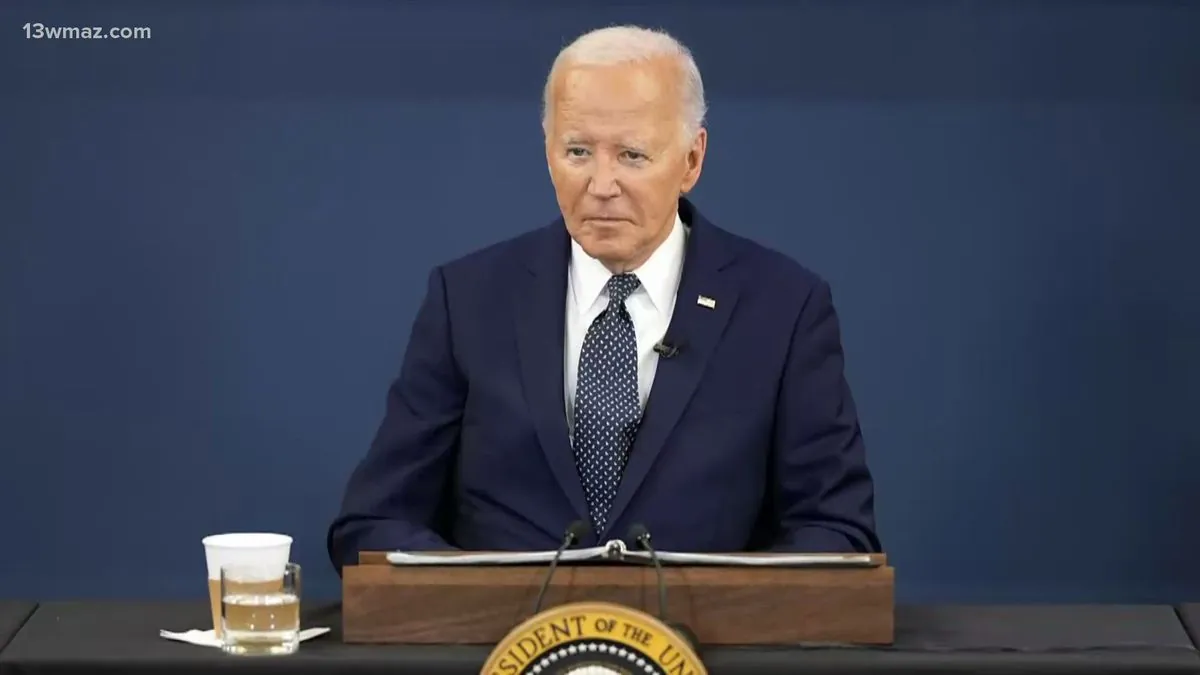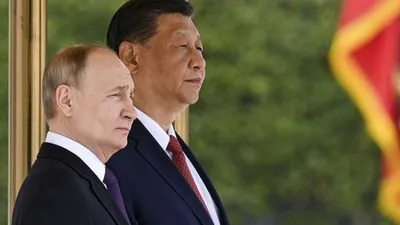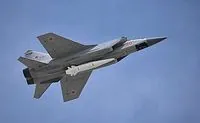Syria's sudden power shift leaves Middle East alliance system in chaos
Recent collapse of Syrian government creates major shift in Middle-Eastern politics. Iranʼs decade-long strategic partnership faces unexpected challenges as rebel forces gain control

The Middle-east political landscape changed dramatically in late-24 when Bashar al-Assadʼs government lost control over multiple Syrian cities in a swift chain of events. The quick-moving developments left many long-term observers shocked; the regime that held power through a brutal civil-war simply crumbled
The sudden collapse dealt a hard hit to Iranʼs regional plans (which took years to build) and its ally Hassan Nasrallahʼs Hezbollah group. The Tehran-backed alliance — known as resistance-axis — lost its main connecting point: both physical and strategic. This network took shape over 13-yrs of careful planning and resource-spending
The impact goes deeper than just losing an ally in Damascus. Iranʼs ability to move its influence across the region — which it sees as key to its defense strategy — got blocked. The new situation made Tehranʼs regional position much weaker; its carefully built network of partnerships started falling apart like domino-pieces
The speed of change caught Iranʼs leadership off-guard. Their massive investment in the Syrian conflict including money‚ weapons and fighters didnt pay off as expected. The whole situation shows how fast regional alliances can change‚ even after years of seeming stability





























